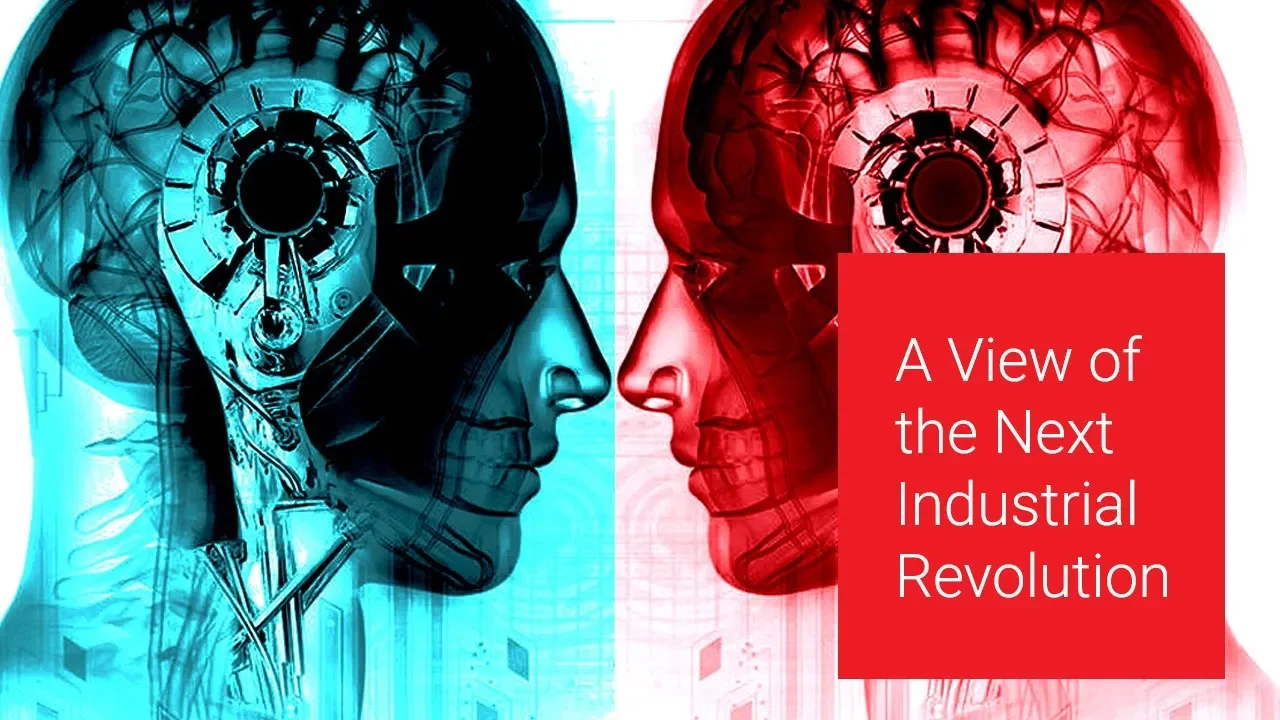1 min read
Lessons Learned & Current Business Imperatives of the 4th Industrial Revolution
On November 7th, LDS CEO Mimi Brooks led a session at the Procter & Gamble 2020 WINnovation Summit at their headquarters in Cincinnati. The...
2 min read
Logical Design Solutions
:
10/18/23 4:07 PM
Three major business challenges exist today. These are ensuring the benefits of human development are equitably realized, managing the externalities of risks and unintended consequences, and ensuring the 4IR is human-led and human-centered.
Less than ten years ago, we began to see a swing towards corporate social responsibility coupled with Environmental, Social, and Governance ideals.
For example, it was recognized that climate change could put millions of lives at risk, as well as trillions of dollars of economic activity and physical capital. The 2015 UN Sendai Framework for Disaster Risk Reduction outlined a holistic plan to create more resilient nations and societies, including using digital technology to assist in the restoration of infrastructure and the revitalization of livelihood and industry in the event of a catastrophic event.
When the Business Roundtable CEOs signed their declaration in 2019, they made it clear that companies could not prosper in the long run or adequately reward their shareholders without investing in the stakeholders that make success possible.
Ensuring the benefits of human development are equitably realized is perhaps best illustrated by the UN Human Development Index, which focuses on three major global benchmarks of human existence – knowledge, a decent standard of living, and a long and healthy life. Our challenge is to make this fourth industrial revolution work in a way that fulfills these goals for all of humanity, or as J. Bradford DeLong would say, "Utopian faith is a helluva drug!"
In his 2018 book Shaping the Future of the Fourth Industrial Revolution, WEF Chairman Klaus Schwab writes that,
"The challenge we face is to come up with new forms of social and employment contracts that suit the changing workforce and the evolving nature of work.”
He goes on to write that “The fourth industrial revolution might lead to a dehumanizing dystopia,” while on the other hand, we could use it “to lift humanity into a new collective and moral consciousness based on a shared sense of destiny.”
The Business Roundtable CEOs were concerned that we’ll be never seriously unhappy about the long-term effects of emerging technology, given that private actors will always outperform public ones – what the intellectual Evgeny Morozov would call the market bias - and that adapting to reality beats transforming it – otherwise known as the adaptation bias, and that efficiency will always trump social concerns. This is what Morozov calls the efficiency bias.
Technology as a solution, or what we might call the technological fix, is the idea that all problems can find solutions in better and new technologies. This is used as a dismissive phrase to describe cheap, quick fixes by using inappropriate technologies. These fixes often create more problems than they solve or give people a sense that they have solved the problem.
All of this implies that at least some of the changing circumstances Schwab foresees are the results of decisions taken by legislators, regulators, and others in power. One question is whether we should, as ordinary citizens engage in and, if necessary, challenge such decisions, rather than simply adapt to whatever the ‘powers that be’ decide the world should be like.
Our third challenge is to ensure that positive human values are incorporated into the technologies changing the world.
The future organization will require a multitude of new human-centric skills, including not just the ability to collaborate virtually in cross-cultural settings, but also to demonstrate both adaptive and computational thinking, as well as assets like social intelligence, a design mindset, sense-making, and advanced cognition.
Human centricity requires creating a partnership with employees. This is a relationship of making choices when trying to find the right balance between people and results.
Today’s virtual workplace challenges require human-centered responses driven by business strategies that rely on establishing human connections. In today’s uncertain world, human-centricity provides critical organizational capabilities that ensure agility in the midst of unpredictability.
Today, we have the opportunity to rewrite our social contracts for workers to align them with an organizational paradigm shift that anticipates a rapidly evolving future of work influenced largely by technological, societal, and marketplace changes.

1 min read
On November 7th, LDS CEO Mimi Brooks led a session at the Procter & Gamble 2020 WINnovation Summit at their headquarters in Cincinnati. The...

1 min read
While Klaus Schwab marks our moment today as the Fourth Industrial Revolution, Jeremy Rifkin marks it as the Third Industrial Revolution. They...

4 min read
…anything that can’t be automated will be incredibly valuable. Whether we consider AI a tool, a collaborator, or a displacer, it will alter our...